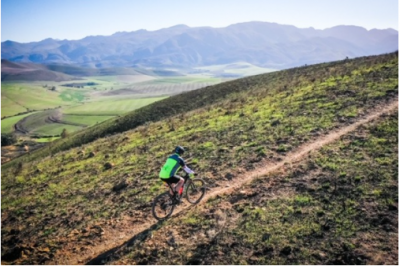

Let the distance covered by that person be ‘d’. Let us see how this question can be solved.įor these kinds of questions, a table like this might make it easier to solve. Now we can see that the direct application of our usual formula Distance = Speed * Time or its variations cannot be done in this case and we need to put in extra effort to calculate the given parameters. If he walks at 9 mph, he covers 7.5 miles more. If a person walks at 4 mph, he covers a certain distance. Now, take a look at the following example:Įxample 4. Speed required to cover the same distance in 1.5 hours = 160/1.5 = 106.66 mph What should be its speed to cover the same distance in 1.5 hours? A car takes 4 hours to cover a distance, if it travels at a speed of 40 mph. Speed = Distance/time = 15/2 = 7.5 miles per hour.Įxample 3. A cyclist covers a distance of 15 miles in 2 hours. Time = Distance / speed = 20/4 = 5 hours.Įxample 2. How much time does he take to walk a distance of 20 km? Let us take a look at some simple examples of distance, time and speed problems.Įxample 1. Problems involving Time, Distance and Speed are solved based on one simple formula.
#How much time to finish 60 km mtb ride how to
With this knowledge, it will be easier to create a healthy and efficient diet plan.Before you get into distance, time and speed word problems, take a few minutes to read this first and understand: How to build your credit score in USA as an international student. It will tell you how many calories your body requires for maintaining its basic existence.

If you want to take care of your weight more systematically, visit our BMR (Basal Metabolic Rate) calculator. Tadaaam! The calories burned biking calculator helped you figure out which form of biking is more profitable. Repeat the steps for second activity, changing only the form and duration - the results for 1.5-hour stationary biking with a heavy load is 1323 kcal burned and 0.172 kg weight loss. Finally, divide this value by 7700 to obtain your weight loss:

Input all of these values into the calorie burn formula:Ĭalories = 5 * 60 * 6 * 3.5 * 80 / 200 = 2520 kcalĥ.Let's say you went for a half-day trip and were biking for 5 hours. Next, determine the duration of the activity.Enter your weight into the calories burned biking calculator.Choose the type of biking you are considering, e.g., bicycling 12-13.9 mph leisure, with moderate effort.You want to lose some weight, but you still hesitate: which activity is better? Half-day trip biking for 5 hours in leisure pace or 1.5-hour stationary biking with a heavy load? Thanks to our calculator you can assess which form of biking activity may serve you best: If you want to check what other advantages of cycling are, have a look on biking life gain and car vs bike calculator. It means that once you've found the number of burned calories, all you have to do is to divide by 7700 to obtain the weight loss in kilograms: To calculate the weight loss, we need to know how much energy our fat tissue contains - there are approximately 7700 calories stored in every kilogram of body fat. Where T is the duration of activity in hours, W is your weight in kilograms (including bike and extra equipment), and MET is a metabolic equivalent of the chosen task. Therefore, choosing only the type of activity is not enough - in other calculators, you can usually find the one MET value for biking equal to 8 or 8.5, which is an averaged value for all types of cycling.Ĭalories burned biking calculator uses the formula for calories burned: Simply, they measure how many calories you burn per hour of activity and per one kilogram of body weight.įor example, MET for leisure biking is equal to 4, and the value for somebody taking part in a race and cycling over 20mph can be as high as 16. METs (Metabolic Equivalent of Task) are expressing the energy cost of physical activities. However, you might not have the time to do those calculations, or maybe you're looking for a simple estimation. Where 4.18 is the conversion factor from Joules (SI unit) to calories, and 0.24 is the efficiency (24%) of an average human body when cycling. In this case, the formula to obtain your calories consumed takes into account your average power ( Power) and the time of the activity ( T): If you don't have a powermeter on your bike we recommend you to use out cycling wattage calculator to help you obtain this number. The easiest and most objective way to assess this is using your power output. To calculate the calories burned, we need to know how to assess intensity and evaluate choice of the exercise.


 0 kommentar(er)
0 kommentar(er)
